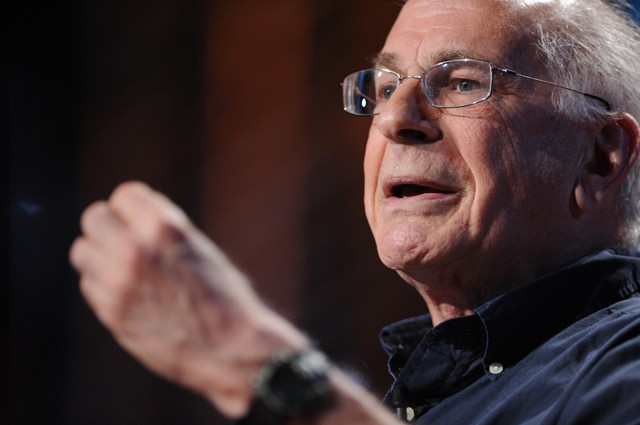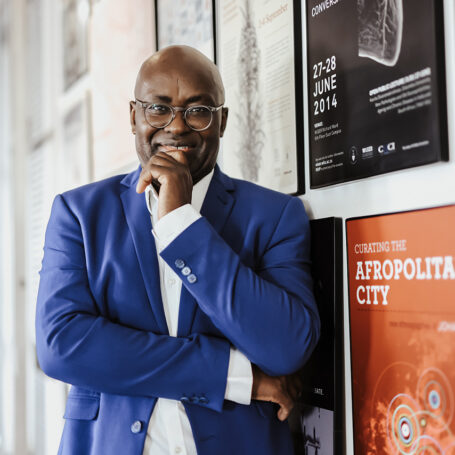 News
News Sorry Scarlett, We Use All Our Brain, Not Just 10 Percent

Apparently that “unused” 90 percent doesn’t include anything that makes us more peaceable. Scarlett Johansson in a still from the new movie, “Lucy.” (Photo: (c)Universal Pictures)
It’s a common conversation starter to assert that we only use 10 percent of our brains. In Lucy, the soon-to-be-released thriller about a woman forced to work as a drug mule for the Taiwanese mob, Professor Norman lectures, “It is estimated most human beings only use 10 percent of their brain’s capacity. Imagine if we could access 100%. Interesting things begin to happen.”
Now, I know Morgan Freeman is well versed in playing the wise sage, and I know that I haven’t earned my PhD yet – but professor, I beg to differ. You see, we all access 100% percent of our brains every day. And we don’t have to be telekinetic or memorize an entire deck of cards to do it.
In the film, the drugs implanted into Lucy (played by Scarlett Johansson) leak into her system, allowing her to “access 100% percent” of her brain. Among other things, Lucy can move objects with her mind, choose not to feel pain, and memorise copious amounts of information. In a way, the idea that we only use 10% of our brains is rather inspiring. It may motivate us to try harder or tap into some mysterious, intact reservoir of creativity and potential. There are even products that promise to unlock that other 90 percent.

This article by Jordan Gaines Lewis originally appeared at The Conversation, a Social Science Space partner site, under the title “It’s a myth that we only use 10% of our brains – here’s why”
As ludicrous as the claim is, however, two-thirds of the public and, get this, half of science teachers reportedly still believe the myth to be true. The notion is so widespread that when University College London neuroscientist Sophie Scott attended a first aid course, her instructor assured the class that head injuries weren’t dangerous because “90% of the brain [doesn’t] do anything”.
How did this misconception come about? We may be able to track its earliest roots back to psychologist William James, who wrote in his 1907 text The Energies of Men, “we are making use of only a small part of our possible mental and physical resources.” I tend to agree with this sentiment when I spend my evenings on the couch watching reality television but, of course, James didn’t intend to lend credence to this 10 percent myth.
But someone else did. Lowell Thomas, in his foreword to Dale Carnegie’s 1936 book How to Win Friends and Influence People, reinterpreted the statement and, it seems, sprinkled in a few of his own ideas. “Professor William James of Harvard,” wrote Thomas, “used to say that the average person develops only 10 percent of his latent mental ability.”
Here’s the thing: the brain has rapidly tripled its original size across 2 million years of human evolution. Despite only accounting for 2% of our body weight, the brain gobbles up a whopping 20% of our daily energy intake. Our brains are also remarkably efficient, having evolved gyri (ridges) which have dramatically increased our cortical surface-area-to-total volume ratio relative to other species. The “we only use 10 percent of our brains” claim would mean that we’re effectively evolving in the opposite direction — and that we’re doing this very quickly.
Another obvious way we know that we’re using more than 10 percent of our brain at any one time is through approaches like functional magnetic resonance imaging and positron emission tomography. PET and fMRI are imaging techniques that reveal areas of relatively high brain activity in real time. Imaging studies tell us that not only are many brain areas recruited when performing even the simplest of tasks, like watching a movie, but that the activity between these areas is extremely dynamic.
Plus, the “use it or lose it” adage seems to hold particularly true in brain health. A 2012 study by biologist Dorothy Schafer and colleagues at Harvard found that neural immune cells called microglia can remove idle, but otherwise healthy, synapses (connections) between brain cells. If we were only regularly using only 10% of our brains at any given time, we might all be prone to cerebral atrophy, resembling patients with neurodegenerative diseases such as Alzheimer’s.
 But the “10 percent myth” may have since been perpetuated by one 10 percent figure that is true. Despite the brain having nearly 100 billion neurons, this cell type is vastly outnumbered by another: glial cells. Glial (“glue”) cells are responsible for maintaining homeostasis (keeping everything ticking well), providing structural support, insulating neurons with an insulating substance called myelin, and removing pathogens and debris. The actual ratio of glial cells to neurons is disputed, although many texts claim that it may be roughly 10:1. In other words, neurons are only 10 percent of our entire brain.
But the “10 percent myth” may have since been perpetuated by one 10 percent figure that is true. Despite the brain having nearly 100 billion neurons, this cell type is vastly outnumbered by another: glial cells. Glial (“glue”) cells are responsible for maintaining homeostasis (keeping everything ticking well), providing structural support, insulating neurons with an insulating substance called myelin, and removing pathogens and debris. The actual ratio of glial cells to neurons is disputed, although many texts claim that it may be roughly 10:1. In other words, neurons are only 10 percent of our entire brain.
Think about yourself right now. Are you engaging your muscles to sit yourself upright? Using your hand to scroll your computer mouse (or thumb on your mobile device)? Perhaps you’re eating something? Listening to music? Breathing? Then rest assured, you’re using more than 10 percent of your brain right now.
You may have played God in a movie, Morgan Freeman, but clearly you need a primer on how your most incredible creation – the brain – functions.![]()































































































